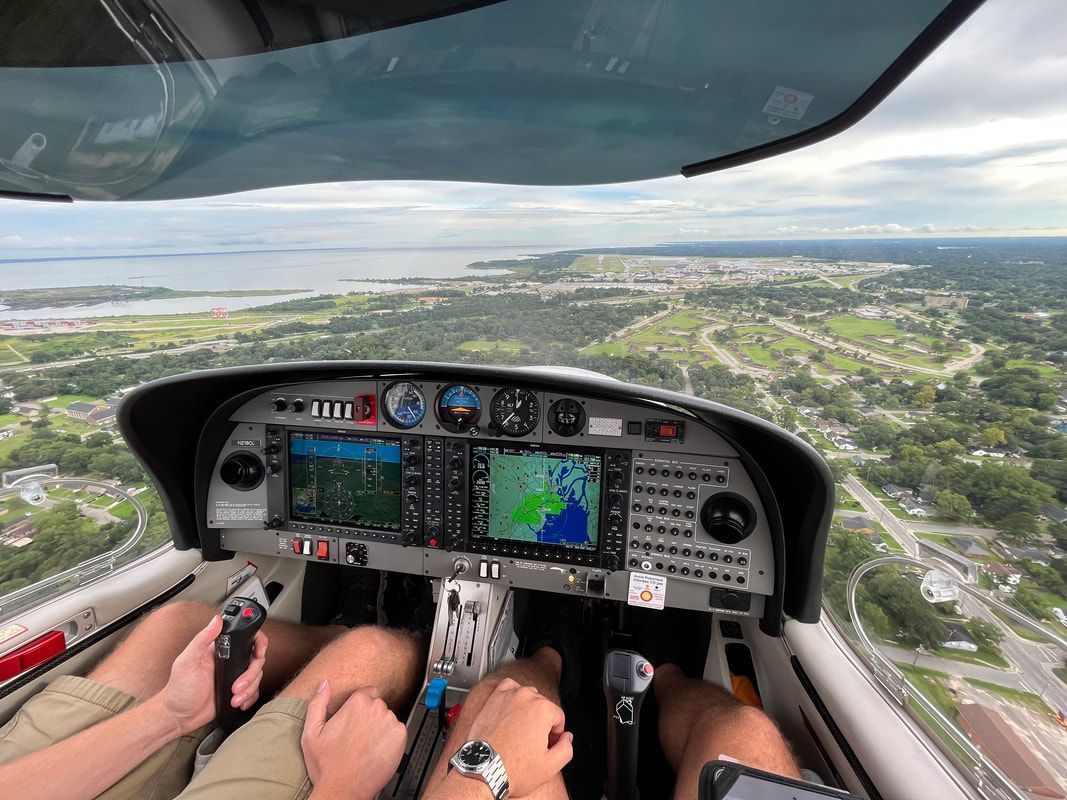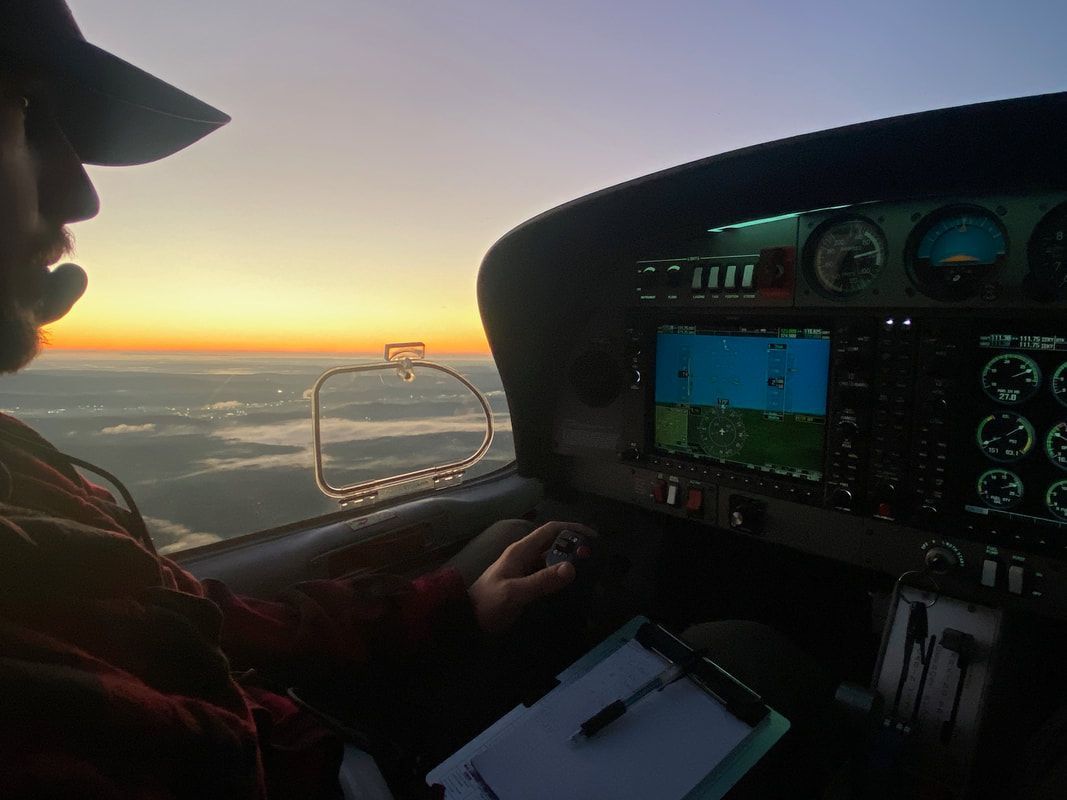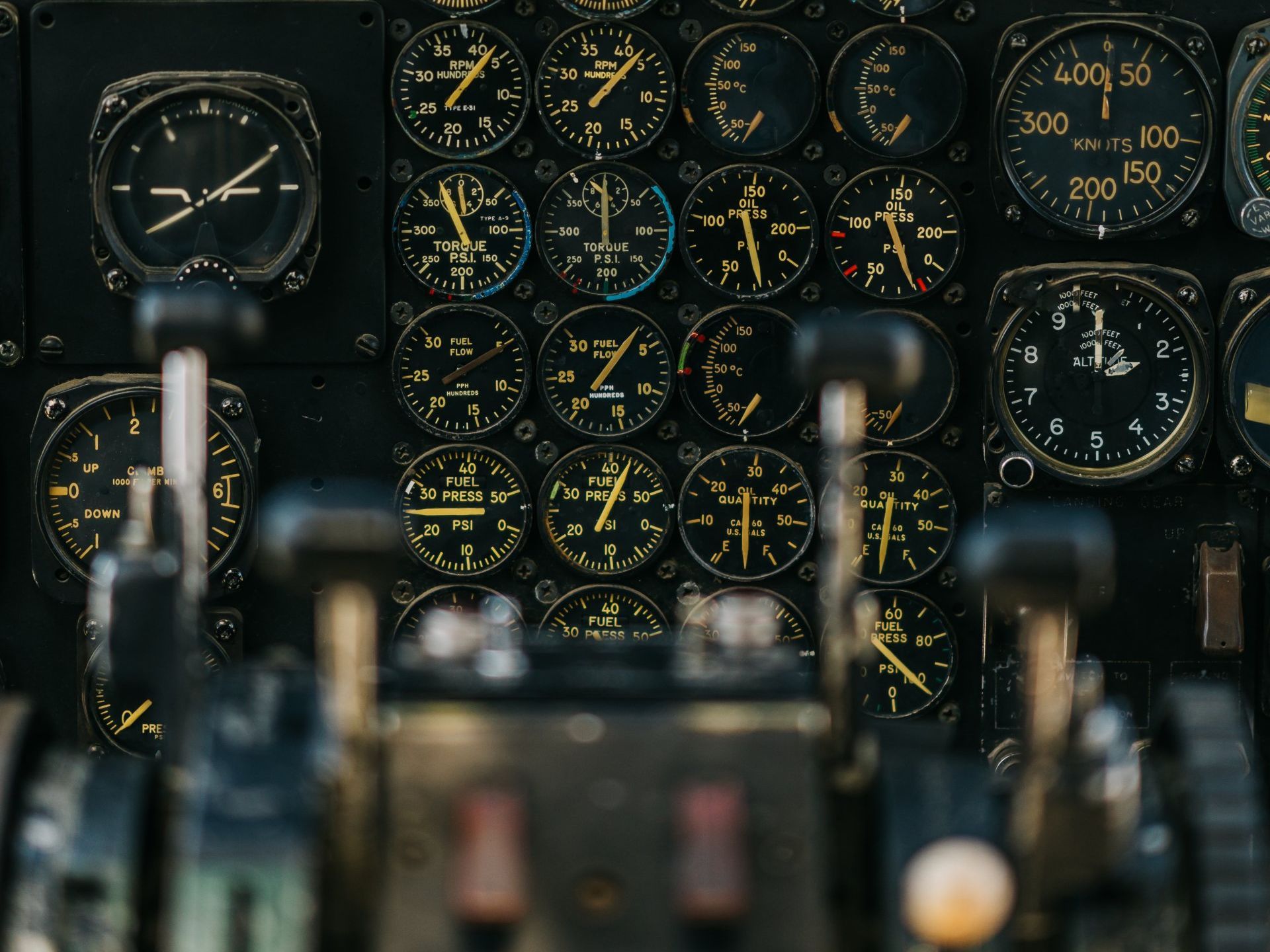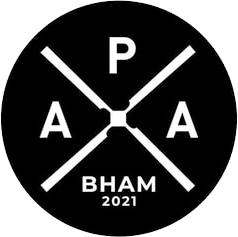General
Aviation
Unlock the Skies: Your Guide to Becoming a Private Pilot
Private Pilot's License

Priviledges
Fly Aircraft - A private pilot can act as pilot-in-command (PIC) or co-pilot of an aircraft for non-commercial purposes. They can operate aircraft within the limitations of their license.
Carry Passengers - Private pilots can fly with passengers, friends, and family members, but they cannot receive compensation or payment for their services as a pilot.
Travel - Private pilots can fly to various destinations for personal reasons, such as vacations, visits to friends or family, or for leisure activities.
Participate in Flying Clubs - Many private pilots join flying clubs or organizations where they can socialize, share experiences, and sometimes access aircraft at a reduced cost.
Further Training - Private pilots can continue their education and training to acquire additional endorsements or ratings, such as an instrument rating, complex aircraft endorsements, or seaplane ratings.
Aircraft Ownership - Some private pilots own their aircraft or co-own aircraft with others, allowing them greater flexibility in their flying schedules and destinations.
Fly for Charity or Humanitarian Purposes - Private pilots can volunteer their skills for charitable or humanitarian missions, such as transporting medical supplies, participating in search and rescue operations, or assisting during natural disasters.
Contact us today to get started!

Requirements, Training, and Certifications.
Becoming a private pilot involves several requirements, training, and certifications. These steps are typically necessary to obtain a Private Pilot License (PPL) in many countries, including the United States:
Age Requirement - Applicants must be at least 17 years old to obtain a private pilot certificate.
Language Proficiency - Proficiency in the language of the country's aviation authority is necessary for effective communication. For example, in the United States, a good command of English is required.
Medical Certificate - A third-class medical certificate (in the United States) or an equivalent medical clearance from an Aviation Medical Examiner (AME) is needed to ensure the applicant meets the medical standards necessary to pilot an aircraft.
Training Requirements - Aspiring pilots must complete a minimum number of flight hours and ground instruction, which typically includes at least 40 hours of flight time. This flight time includes specific requirements, such as:
- At least 20 hours of flight training from an authorized instructor.
- A minimum of 10 hours of solo flying, including at least 5 hours of solo cross-country flights.
- Three hours of cross-country flight training with an instructor.
- Three hours of night flight training, including a cross-country flight of over 100 nautical miles and 10 takeoffs and landings at an airport with a control tower.
Pass Knowledge Tests - Pass a written knowledge test that covers various aviation topics, including regulations, navigation, aerodynamics, and aircraft operations.
Flight Proficiency Test - Successfully pass a practical flight test (commonly referred to as a checkride) with a designated FAA examiner or authorized check pilot. This test includes demonstrating proficiency in flight maneuvers, navigation, emergency procedures, and overall aeronautical skills.
Additional Requirements - Specific additional requirements might apply based on the country or aviation authority. These can include background checks, aeronautical experience beyond the minimum requirements, and completion of specific training courses.

Instrument Rating
Obtaining an instrument rating as a pilot offers numerous benefits:
Expanded Flying Abilities - With an instrument rating, pilots can fly in a wider range of weather conditions, including low visibility and poor weather. This rating allows pilots to navigate and operate an aircraft solely by reference to instruments, which is essential for flying in adverse weather conditions.
Enhanced Safety - Instrument-rated pilots are trained to handle situations where visual references are limited or absent. This training significantly reduces the risk of spatial disorientation or loss of control when flying in challenging weather conditions, enhancing overall flight safety.
Increased Flexibility - Pilots with an instrument rating have more flexibility in their flight planning. They can take advantage of instrument flight rules (IFR) to fly more direct routes and utilize airways and approaches that may not be available under visual flight rules (VFR).
Career Advancement - For pilots pursuing a professional aviation career, having an instrument rating is often a requirement or a significant advantage. Many commercial airline jobs and other advanced aviation positions necessitate or prefer candidates with instrument-rated experience.
Personal Skill Development - Acquiring an instrument rating involves comprehensive training that enhances a pilot's overall skills, including navigation, communication, decision-making, and situational awareness. It improves a pilot's confidence and abilities in various flying conditions.
Time Savings - With the ability to fly in adverse weather conditions, instrument-rated pilots can maintain their schedules more reliably. They are less likely to be delayed or grounded due to poor weather conditions, potentially saving time during travel.
Global Flying - An instrument rating is often necessary for international flights and opens up opportunities for flying in different regions and countries with varying weather patterns and airspaces.
In summary, an instrument rating not only expands a pilot's capabilities but also enhances safety, career prospects, and overall proficiency in flying an aircraft, making it a valuable and advantageous credential to pursue in aviation.
To become an instrument-rated pilot, individuals must first hold a private pilot certificate or a commercial pilot certificate. Here are the typical requirements for obtaining an Instrument Rating in the United States:
- Eligibility - Hold at least a private pilot certificate or a commercial pilot certificate with the appropriate category and class ratings (e.g., airplane single-engine or multi-engine rating).
- Experience -Accumulate a specific amount of flight experience under Instrument Flight Rules (IFR), including:
- Minimum of 50 hours of cross-country flight time as pilot-in-command, of which at least 10 hours must be in airplanes for instrument training.
- 40 hours of actual or simulated instrument time, including at least 15 hours of instrument flight training from an authorized instructor.
- 3 hours of instrument training within 60 days of the practical test.
Knowledge Test - Pass an Instrument Rating written knowledge test, which covers topics related to instrument procedures, regulations, navigation, and meteorology.
Instrument Proficiency Check (IPC) - If the applicant's instrument rating has expired or is not current, an Instrument Proficiency Check must be completed with an authorized instructor to regain currency.
Practical Test - Successfully complete a practical test (commonly referred to as a checkride) with an FAA examiner or authorized check pilot. The practical test assesses the applicant's ability to operate an aircraft solely by reference to instruments in various flight situations and scenarios.
Medical Requirements - Hold at least a third-class medical certificate to ensure the applicant meets the medical standards required for piloting an aircraft.
Ground Training - Receive ground instruction on instrument procedures, flight planning, navigation, and other pertinent subjects from an authorized instructor.
As with any pilot certification, it's crucial to consult with a certified flight instructor and review the specific requirements outlined by the aviation authority in your country, as regulations and prerequisites can vary in different regions.
YOUR ONE STOP SHOP FOR AVIATION TRAINING AND RESOURCES
Career Pilots
With an extensive history of aviation training, experience, and qualifications, our dedicated staff can provide just about any aviation service that you need including:
Contact Info
Phone:
205-319-3241
Email:
info@pinnacleaero.org
Location
900 Mitchell Field Rd SE
Bessemer, AL 35022
Let's Chat
We understand that each individual's schedule can vary. Contact us to find out how we can accommodate your specific needs!

